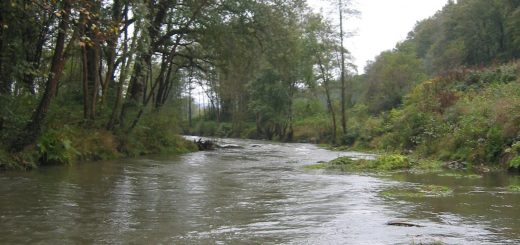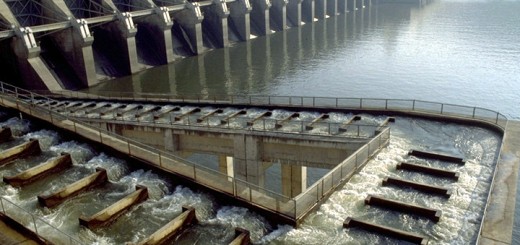Invisible Islands: Habitat compression in the open ocean
If you spin your desktop globe in just the right way, you’ll see half of the sphere as a single colour of blue representing the vast Pacific Ocean. But if you were a fish, you’d know just how variable ocean conditions can be. Patches of cold and warm water interact with underwater mountains and valleys to create invisible islands of habitat, and for the blue marlin (Makaira nigricans) these islands could be shrinking (Carlisle et al. 2017).
Blue marlin are a large open-ocean fish that undertake long-distance migrations in tropical waters to feed and spawn. They are highly valued as a game fish, and are listed as vulnerable by the International Union for the Conservation of Nature. They prefer habitat made of warm waters (26-30°C) with sufficient oxygen levels (4.5-5.0 mL/L). Ensuring that these fish have such available habitat is necessary if we are to manage the game fishery. With the support of the International Game Fish Association Great Marlin Race, 41 fish were tagged and tracked throughout 2009-2013 to understand their habitat use in the Central Pacific.
The tags transmitted location information to a satellite system, while also recording the temperature, pressure, and light (as proxies of depth) that each fish was experiencing. Oxygen levels were taken from the World Ocean Atlas climatological database. The El Niño Southern Oscillation (ENSO) cycle took place in 2009 (El Niño, warmer), and 2010 (La Niña, cooler), changing the typical temperature and oxygen levels.
The fish were tracked for at least 100 days, moving 4400 km on average. They tended to rest near the surface at night, and dive to depths of 25-100 m to find prey during the day. During all study years, fish experienced water temperatures and oxygen levels outside of their normal range which compressed their available habitat into shallower depths than they would normally use when feeding. Habitat compression was most severe when both temperature and oxygen levels were limiting.
The La Niña caused a 4500 km westward shift in the 25°C waterbody which restricted the tagged fish from crossing the equator as they had done in all other years. These conditions could become more common with the predicted increase in frequency and intensity of ENSO events under some climate change scenarios.
Understanding the shifting shoreline of underwater habitats is crucial for fisheries management in the open ocean.
Reference
Carlisle, A. B., Kochevar, R. E., Arostegui, M. C., Ganong, J. E., Castleton, M., Schratwieser, J., and Block, B. A. 2017. Influence of temperature and oxygen on the distribution of blue marlin (Makaira nigricans) in the Central Pacific. Fisheries Oceanography, 26 (1): 34-48.



